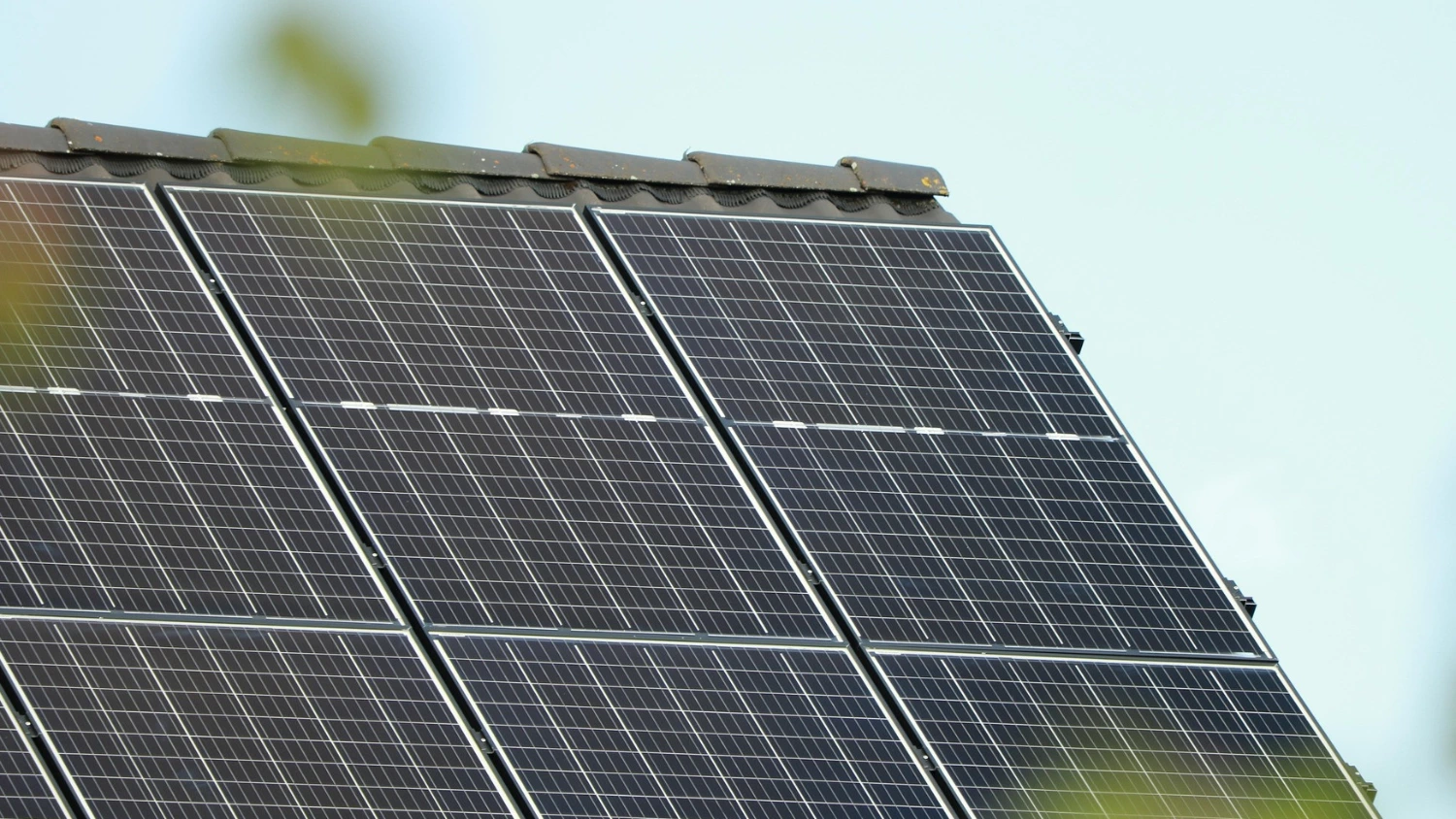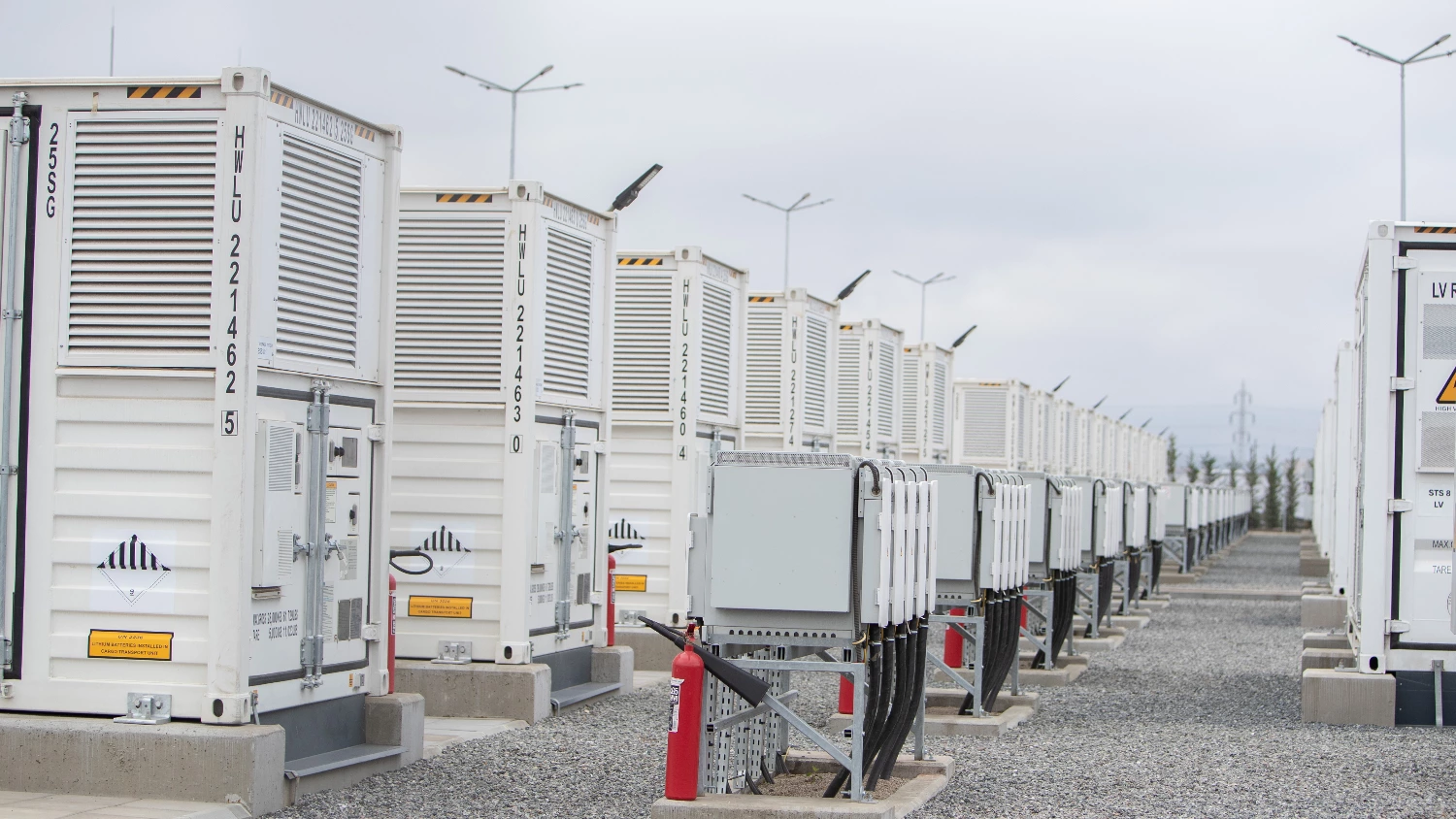However, if we analyse VAT revenues, they increased by approximately €109bn in 2022 compared to 2021. This growth is largely due to the reduction of restrictions imposed during the COVID-19 pandemic. Companies, especially those in the sectors that were most affected, such as hospitality and services, resumed operations under normal conditions, leading to higher VAT revenues for member states.
The lowest VAT Gaps in 2022 were recorded in Cyprus (-0.7%), Portugal (1.3%), and Ireland (1.6%). On the other hand, the highest deficits were observed in Slovakia (14.6%), Malta (25.9%), and Romania (30.6%). In terms of the nominal value of the VAT Gap, Italy ranked first with €16.3bn, followed by Germany (€12.9bn) and France (€12.8bn). The smallest nominal VAT gaps were recorded in Cyprus (-€18m), Estonia (€152m), and Luxembourg (€184m).
”In 2022, Romania continued to lead the EU ranking in terms of VAT gap percentage despite a 4.2% decrease compared to the previous year. The country still loses approximately one-third of the VAT that should be collected, and in 2022, the nominal value of these losses exceeded €8 billion. After 10 consecutive years with a VAT collection deficit exceeding 30%, Romania is, for the first time, on a downward trend, marking a significant decrease. It is worth recalling that the National Recovery and Resilience Plan (PNRR) includes a set of measures through which the Ministry of Finance has committed to the most extensive tax administration reform based on digitalisation. The objective is to reduce the VAT gap by 5% by 2026, compared to 2019 (34.7%). Thus, Romania should reach a collection deficit of 29% by 2026,” said Bianca Vlad, Tax Partner, Forvis Mazars in Romania.
Currently, this decrease cannot be entirely linked with the fiscal digitalisation measures adopted by the Romanian authorities. However, given the strong commitment of the National Agency for Fiscal Administration (NAFA) and the Ministry of Finance to significantly reduce the collection deficit and the implementation schedule of these measures, we expect the results to be reflected in the VAT Gap report that will be published next year, for 2023. In that report, the effects of implementing the RO e-Invoice and RO e-Transport systems, as well as the SAF-T reporting, will be visible.
”Among the measures implemented in 2022, we highlight that starting 1 July 2022 both RO e-Invoice and RO e-Transport systems became effective. The obligation to report electronic invoices in the RO e-Invoice system was applicable firstly for B2B and B2G transactions with goods considered high fiscal risk. In a similar approach, the obligation to report data in the RO e-Transport system started also to apply for national road transports of high fiscal risk goods. Last but not least, starting 1 January 2022, large taxpayers were required to submit the SAF-T (Standard Audit File for Tax) statement. However, given the grace period granted by the authorities, this obligation became effective starting in 2023,” mentioned Miruna Cîrstea, Tax Manager, Forvis Mazars in Romania.
In addition, NAFA and the Ministry of Finance have continued the process of reducing the VAT gap by creating the legal framework necessary for the implementation and continuous development of all these digital systems. RO e-Invoice system was extended, starting 2025, to B2C transactions, while for B2B transactions, a special derogation was obtained from the European Commission which means that at this moment invoicing between taxable persons established in Romania is conducted exclusively through the RO e-Invoice system. Furthermore, the RO e-Transport system now requires the reporting of international road transport of goods, and SAF-T has been extended to all categories of taxpayers, including non-residents, for whom the reporting obligation came into effect this year.
”RO e-VAT is the newest digitalisation measure implemented starting 1 August 2024 by NAFA and the Ministry of Finance, designed to complement the existing systems and further reduce the VAT collection deficit. In this regard, the tax administration will generate and send to taxpayers a VAT return pre-filled (e-VAT) with data extracted from RO e-Invoice, RO e-Transport, SAF-T, etc. Any discrepancies identified between the VAT return submitted by the taxpayer and the e-VAT return will need to be justified by the taxpayer within a limited timeframe,” mentioned Iosif Coman, Tax Senior Consultant, Forvis Mazars in Romania.
In conclusion, Romania is making significant efforts to achieve its goal of reducing the VAT gap. However, we will see how all these systems and measures will yield results and lead to a significant increase of the VAT collection.
Forvis Mazars' experts will continue to monitor the authorities' actions aimed at increasing budgetary revenues, as well as the effects these will have on the business environment, which, in the short term, must face unprecedented challenges.








